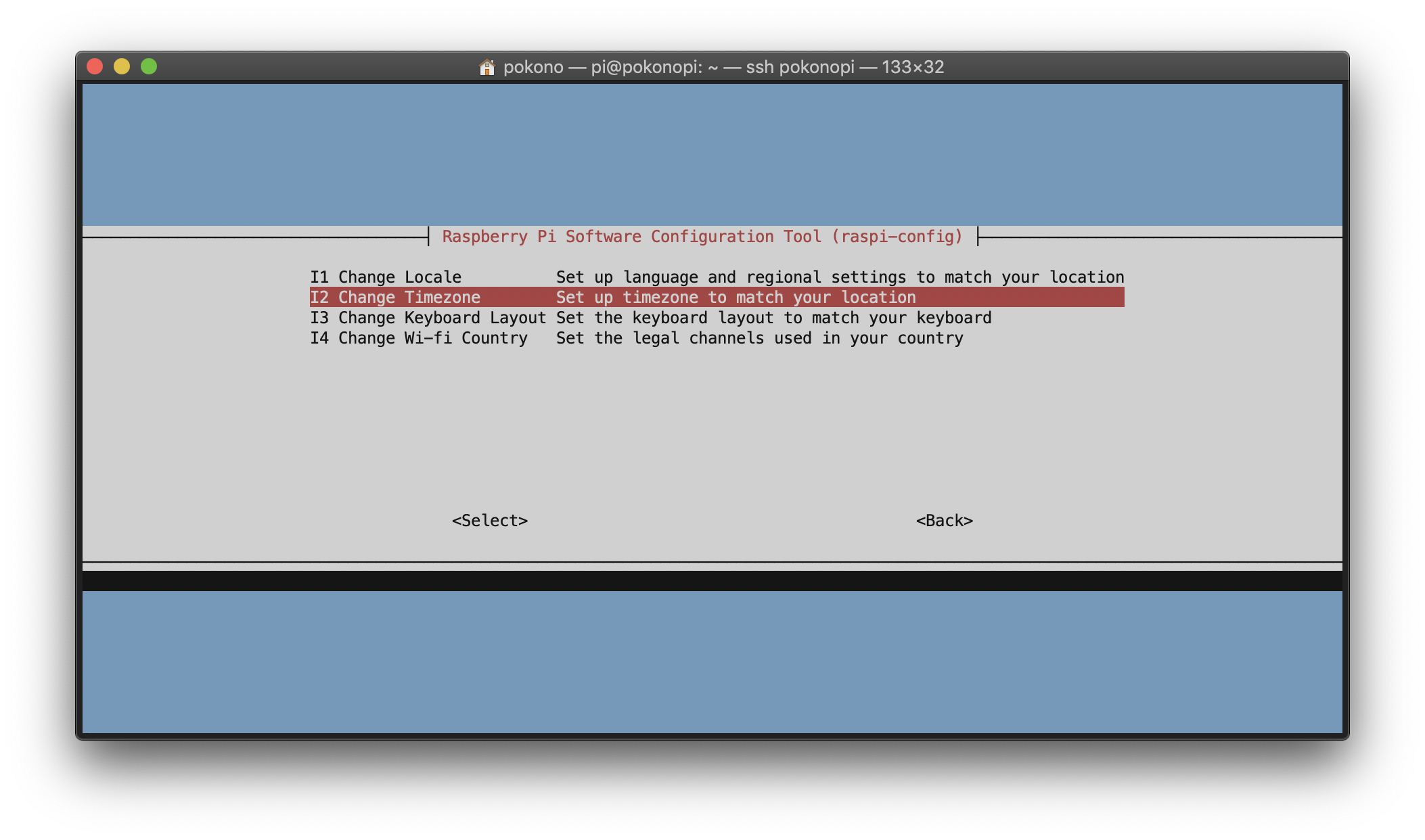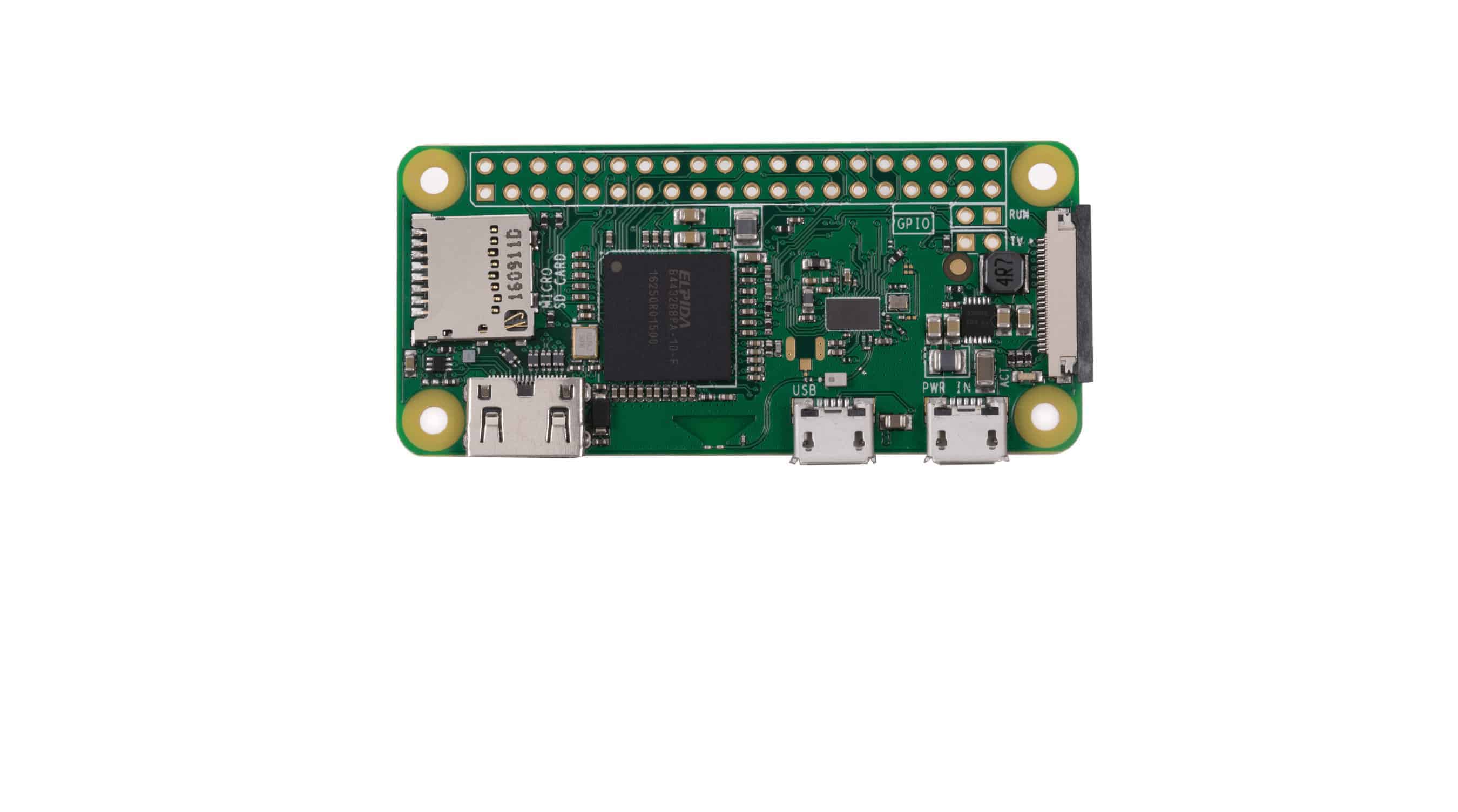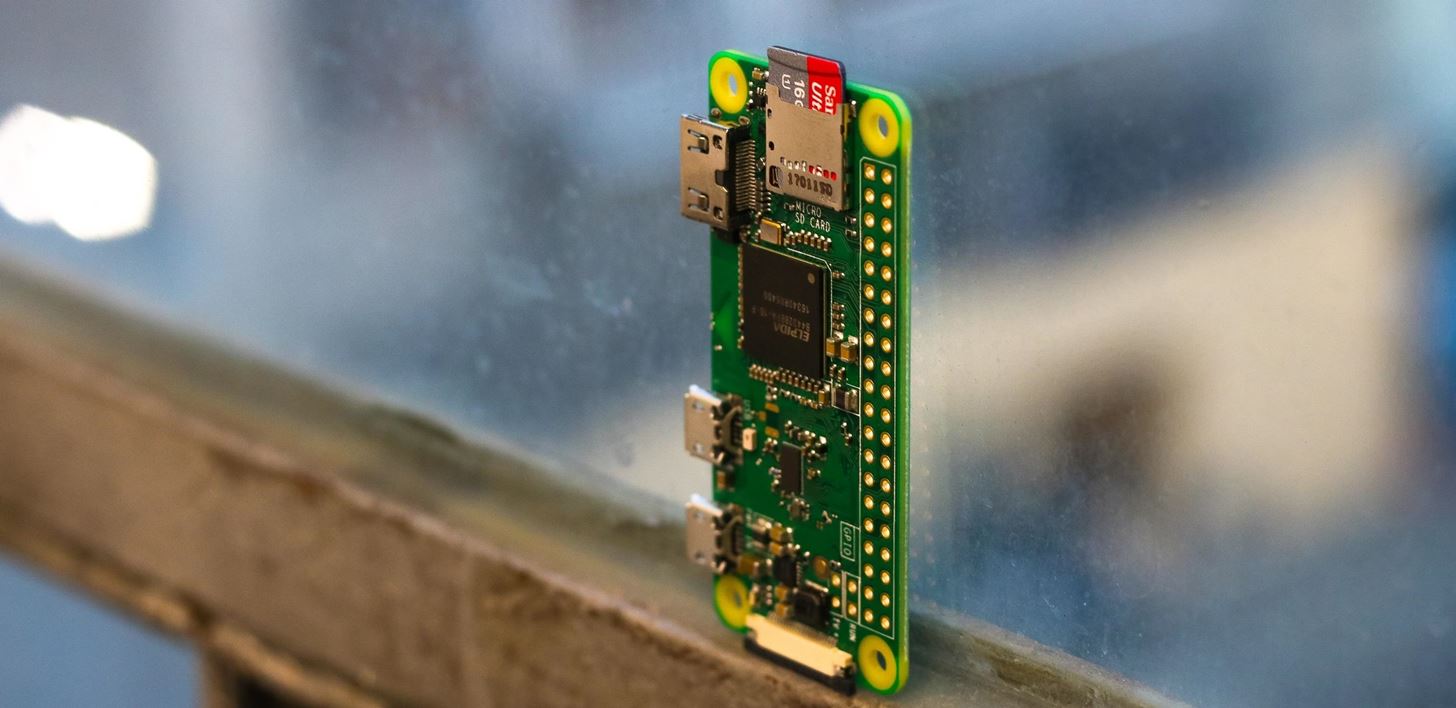


This article is going to stick with the same philosophy–I don’t need to necessarily understand them, however, I want to be able to predict their behavior. Which focuses on getting the desired behavior from user variables rather than understanding them. I’ve spent some time researching on the interweb and about the best article I’ve found on the subject is: Slightly tweaking Dante, “Abandon all normal, ye who enter here.” User variables are weird. Out of desperation, I found myself researching the possibility of creating my own functions using MySQL User Variables. On top of it, I only had read access to the database without the ability to create a stored procedure. I was surprised to find MySQL 10.2 and less does not support some common Windowing Functions, specifically, Value Functions and Rank Functions. Recently I was required to work with MySQL 10.0. Now we are at the Raspberry Pi command prompt we are going to run a script which will pull down the latest version of NodeJS built for ARM and install it to the Raspberry Pi.īut before we can do that we need to install a few helper programsĪt the command prompt type and say “yes” when prompted.

Luckily, there have been people smarter than me who’ve already done some heavy lifting for us.Īlright, start by SSH’ing into your Raspberry Pi. Now you’ve setup the Arch Linux card and SSH’ed lets go through setting up a NodeJS environment on the rp0w. Installing Arch Linux on a Raspberry Pi with Immediate WiFi Access.You can plug it in to your rp0w, boot it, and SSH in. And if you aren’t familiar with the term “headless setup,” essentially, we are talking about setting up the SD card so you don’t have to plug it into a monitor. You should be able to SSH to from the attached computer.Įdit: Ricardo's answer reminded me that you could also just do step 1 then see my answer on this related post.This article will be building off a previous article, where I walked through a headless setup of Arch Linux on the Raspberry Pi Zero W (rp0w). When you put the SD card in the Pi and plug it in to your computer (use the left USB port where the USB connectors are on the bottom), it should show up as an ethernet device. Don't add it on a new line, add it on the same line. Edit the file cmdline.txt and add modules-load=dwc2,g_ether right after it says rootwait.Edit the file config.txt and add dtoverlay=dwc2 on its own line at the end.That one will work.) Now the Pi will enable SSH on boot. (If you're running Windows, only one drive will show up. First, the Raspberry Pi Foundation disabled SSH as a security precaution, so you'll have to connect the SD card to a computer and put a file called "ssh" (no extension) in the drive labeled "boot" that pops up.Doing this with a NOOBS SD card is a little harder and (to my knowledge) impossible on Windows. You can SSH in from USB after some configuration.


 0 kommentar(er)
0 kommentar(er)
